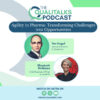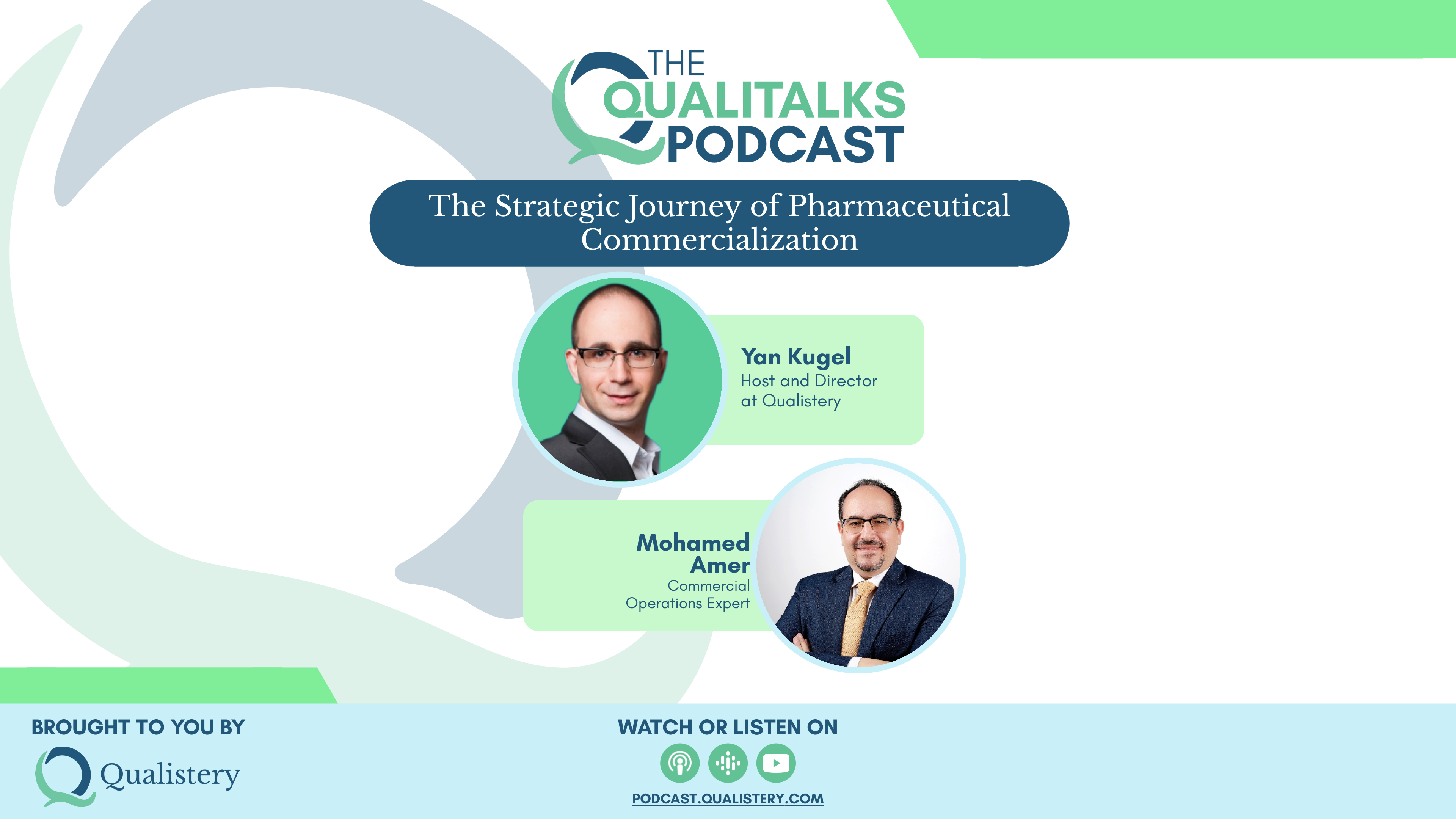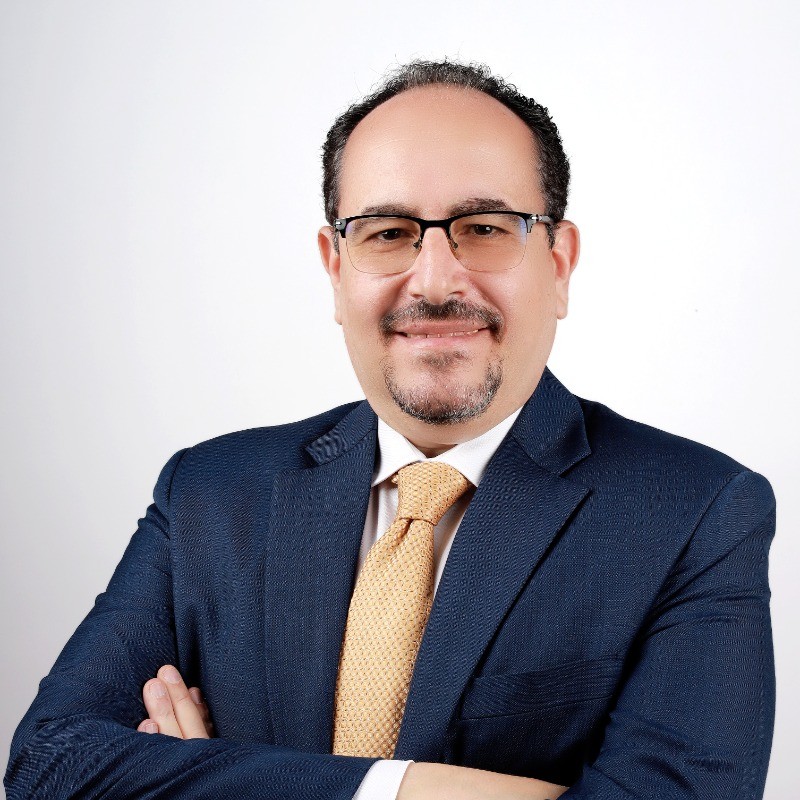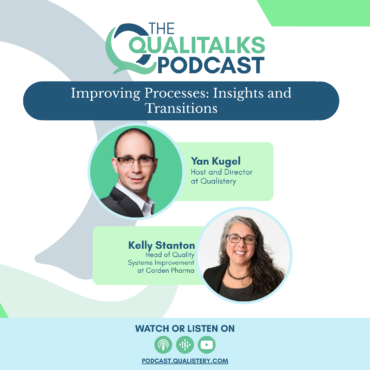Improving Processes: Insights and Transitions [Kelly Stanton]
In this episode, Kelly discusses her experiences in the pharmaceutical industry and the challenges of implementing cloud-based software tools. She also shares insights on improving processes and the impact it […]





